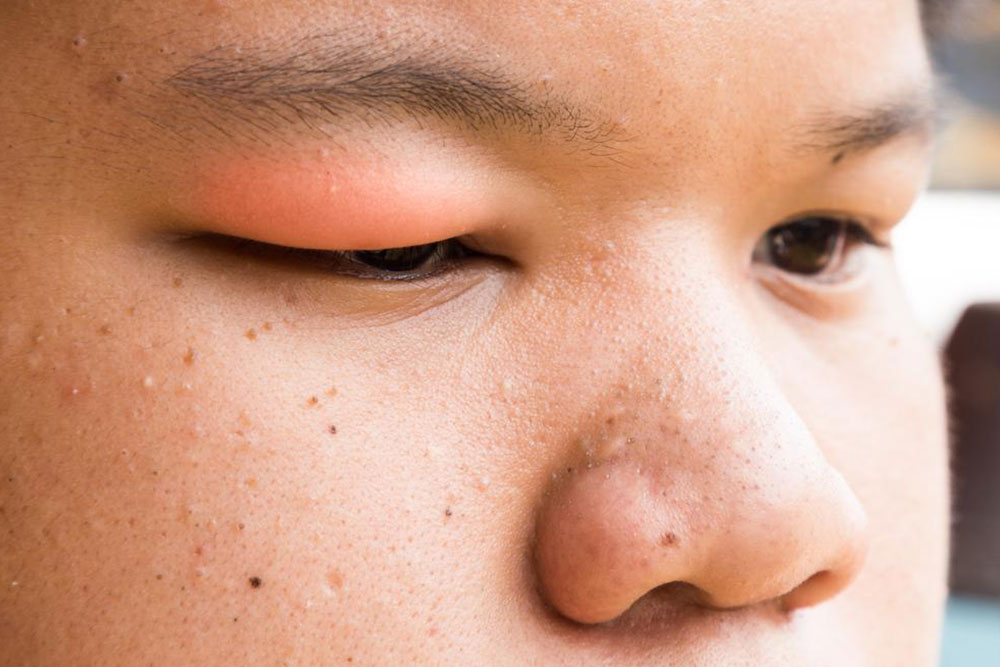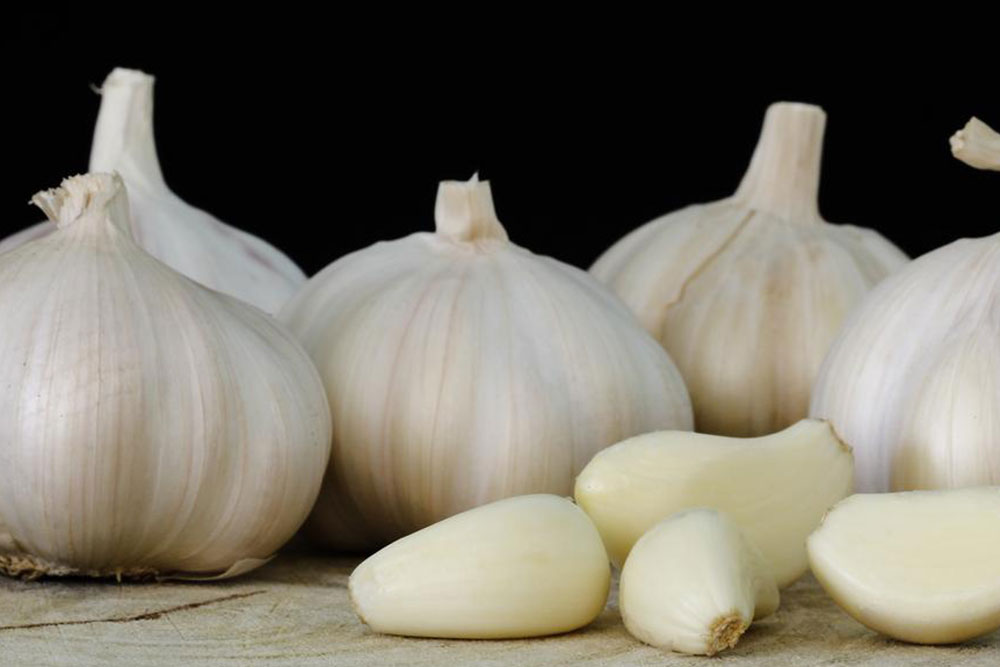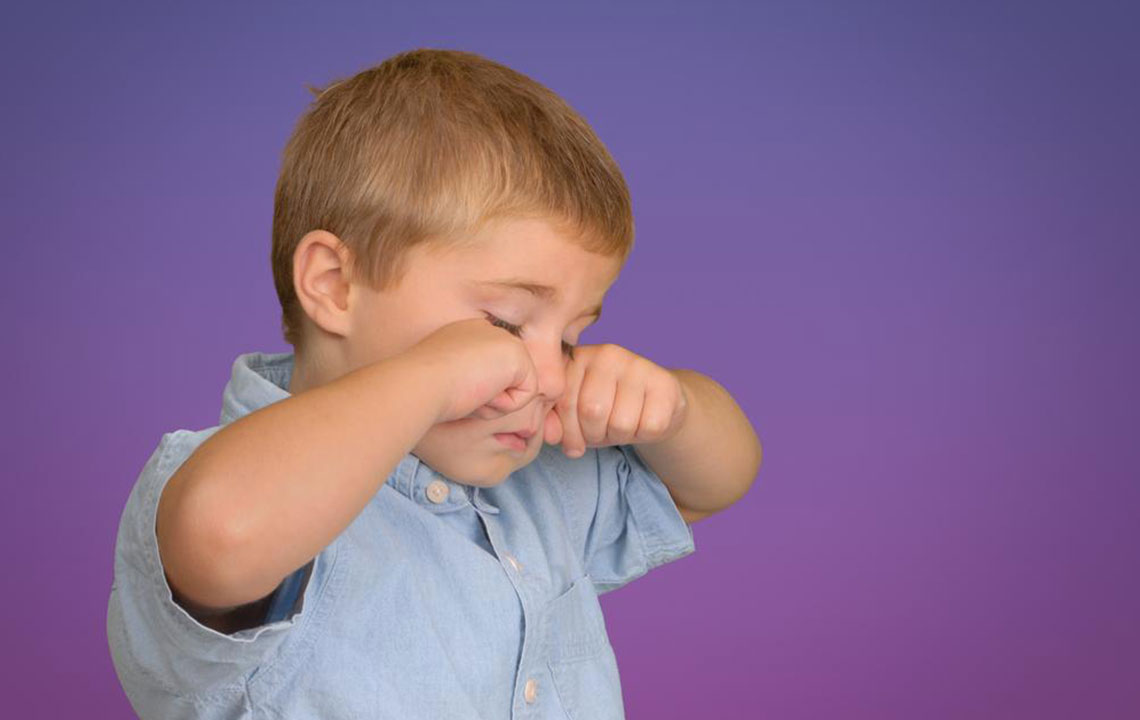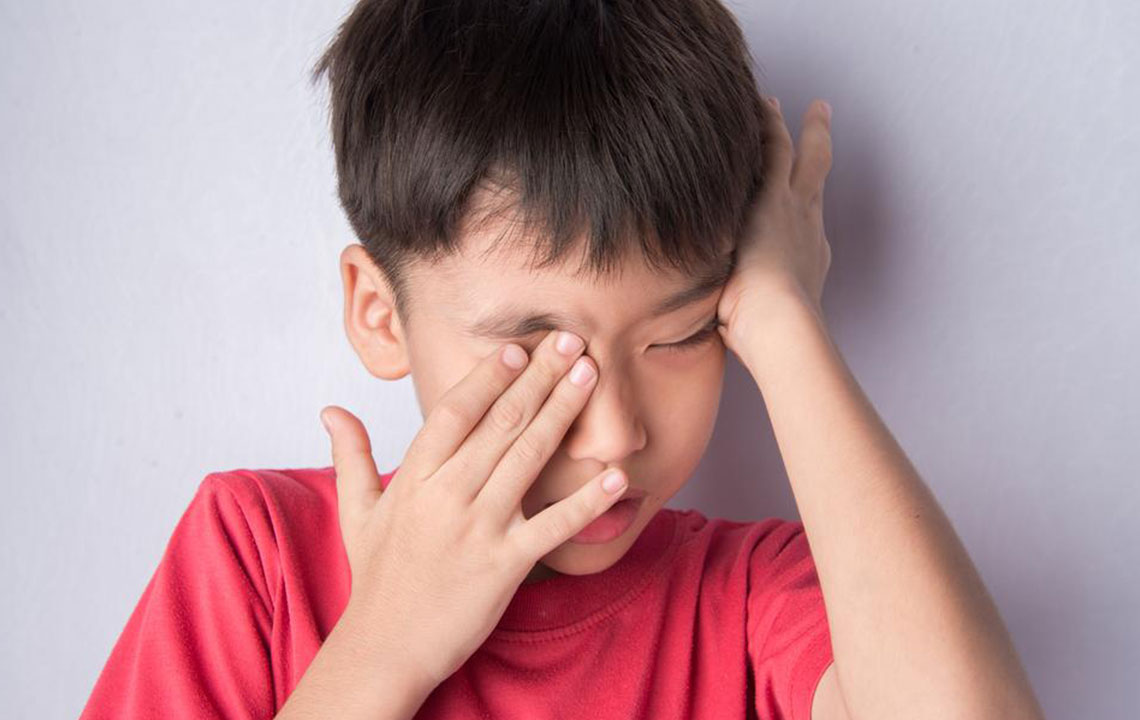Comprehensive Guide to Effectively Treat Eyelid Styes and Promote Eye Health
This comprehensive guide explores effective methods to treat eyelid styes, emphasizing home remedies, hygiene tips, and when to seek professional care. It offers practical advice for quick relief and prevention, aiming to maintain healthy, irritation-free eyes. Proper eyelid care can minimize discomfort, promote faster healing, and prevent future outbreaks, making it essential knowledge for eye health enthusiasts and those prone to styes.
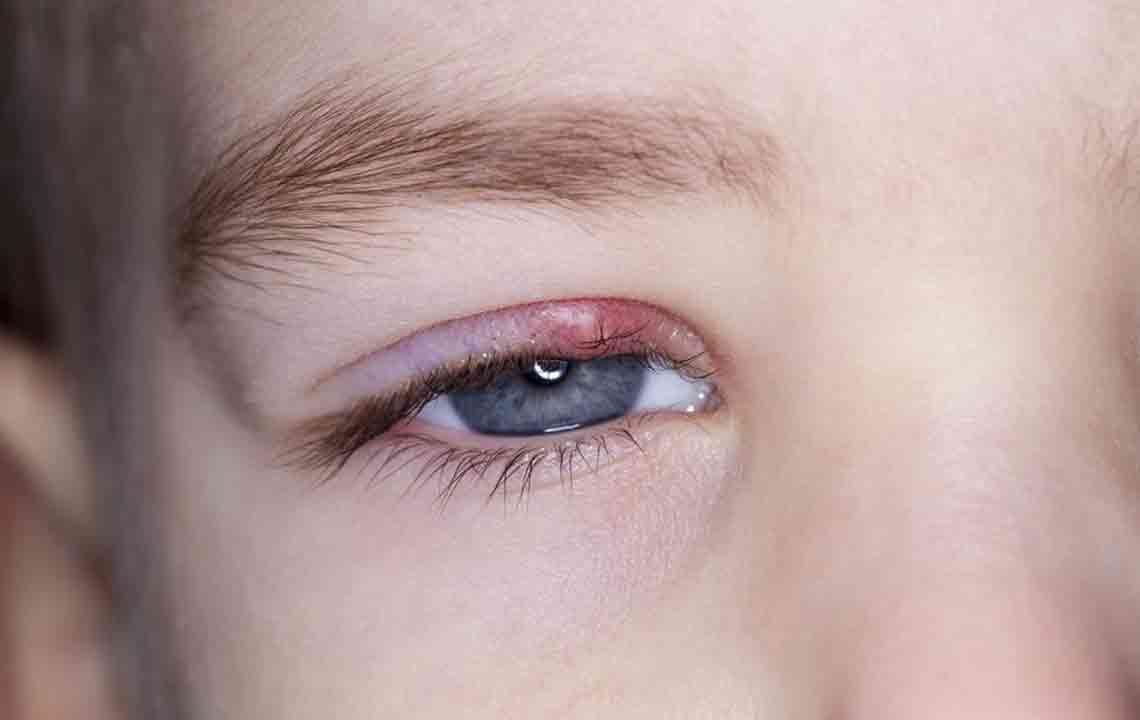
Comprehensive Guide to Effectively Treat Eyelid Styes and Promote Eye Health
Eyelid styes, also known as hordeolums, are common yet often uncomfortable conditions that can cause facial discomfort and concern. These painful bumps, often filled with pus, appear near the eyelashes or inside the eyelid, leading to swelling, redness, and sometimes blurred vision. While they are typically benign and resolve on their own, proper treatment and eye hygiene are vital to speed up healing and prevent recurrence. Understanding the causes, symptoms, and effective treatment options can help individuals manage styes more effectively and maintain healthy eyelids.
Styes tend to develop more frequently in individuals with oily skin or with numerous small oil glands around the eyelids, particularly near the eyelashes. These glands can become blocked by dead skin cells, excess oil, or bacteria, leading to infection and swelling. Maintaining good eyelid hygiene is essential for prevention. Regular cleaning helps prevent blockages, reduces bacteria buildup, and minimizes the risk of developing styes. When these oil glands become clogged, bacteria such as Staphylococcus aureus may proliferate, resulting in redness, swelling, and the characteristic pus-filled bump associated with a stye.
Signs that indicate you may have a stye include:
Swollen, tender, and red eyelids around the affected area
Watery eyes accompanied by a burning or gritty sensation
A noticeable yellowish pustule resembling a pimple on the eyelid’s edge
Sensitivity to light and eyelid discomfort
In some cases, slight blurred vision due to swelling
If you notice these symptoms, it’s important to start treatment promptly to alleviate discomfort and prevent complication.
Warm Compress: The First Line of Defense
Applying a warm compress remains one of the most effective and commonly recommended treatments for eyelid styes. The warmth helps soothe inflammation, promotes blood circulation, and encourages the abscess to drain naturally. To do this, soak a clean cloth or cotton pad in warm (not hot) water, ensuring it is comfortably warm to avoid burns. Gently place the compress over your closed eyelid for 5 to 10 minutes, repeating 3 to 4 times daily. Consistent use can significantly reduce swelling and facilitate faster healing.
Cleaning Your Eyelids with Gentle Solutions
Proper eyelid hygiene is crucial for eliminating bacteria and preventing recurrence. Use a tear-free baby shampoo diluted with warm water to gently clean your eyelid margins. Dip a soft cloth or cotton swab into the solution and carefully wipe along the lash line, avoiding direct contact with the eyes. Rinsing with a saline solution—prepared by mixing warm water with a bit of salt—can help rinse away debris and reduce bacterial load. Regular cleaning not only helps drain the stye but also keeps the eyelid environment clean, reducing the chances of future issues.
Tea Bag Therapy: Natural Antibacterial Approach
Black tea bags contain tannins and natural antimicrobial properties, making them an effective remedy against eye infections. Brew a cup of black tea, then allow the tea bag to cool to a comfortable temperature. Place the cooled tea bag on your closed eyelid for approximately 5-10 minutes. The tannins help reduce inflammation and fight bacteria. Use a different tea bag for each eye to avoid cross-contamination, especially if only one eye is affected. This simple yet effective home remedy can provide relief and expedite healing.
Avoiding Makeup and Contact Lenses
During the course of a stye, it’s essential to refrain from using eye makeup, especially mascara and eyeliner, as these can harbor bacteria and worsen the infection. Similarly, avoid wearing contact lenses until the stye has fully healed to prevent bacterial spread and further irritation. Wearing glasses temporarily is advised until the infection subsides. Maintaining strict hygiene, including regular cleaning of contact lenses and case, is critical in avoiding future outbreaks.
Topical Antibiotic Ointments
Over-the-counter antibiotic eye ointments can be helpful in reducing bacterial infection and promoting healing. Always follow your healthcare provider’s instructions before applying any medication. Do not attempt to self-medicate without proper guidance, especially if the infection worsens or persists beyond a week. Antibiotic ointments help kill bacteria, reduce swelling, and support faster recovery when used as part of a comprehensive eyelid care routine.
Gentle Massaging: Enhancing Drainage
When performed carefully, gentle eyelid massage can facilitate the drainage of the blocked oil gland. Ensure your hands are freshly washed before touching your eyelids. Using your fingertip, softly massage the eyelid in a circular motion, focusing on the area with swelling. Do not press too hard or continue if you experience pain or discomfort. This method can help loosen the blockage and contribute to quicker resolution, combined with warm compress treatment.
When to Seek Medical Care
Most eyelid styes resolve within approximately one week without impacting vision. However, if the swelling persists beyond this period, worsens, or if you experience severe pain, vision changes, or signs of spreading infection such as redness spreading beyond the eyelid, consult an eye care professional promptly. In some cases, a healthcare provider may prescribe oral antibiotics or perform minor surgical drainage if the stye does not respond to conservative treatment. Never attempt to squeeze or burst the stye yourself, as this can lead to further infection or complications.
Additional Tips for Prevention
Maintaining daily eyelid hygiene and avoiding unnecessary eye contact are fundamental steps to prevent future styes. Regularly wash your face and eyelids, replace makeup products periodically, and clean your eyelash brushes and contact lenses thoroughly. Recognize early signs of irritation and address them promptly to prevent full-blown styes. Staying vigilant about eyelid health is key to long-term eye comfort and safety.
